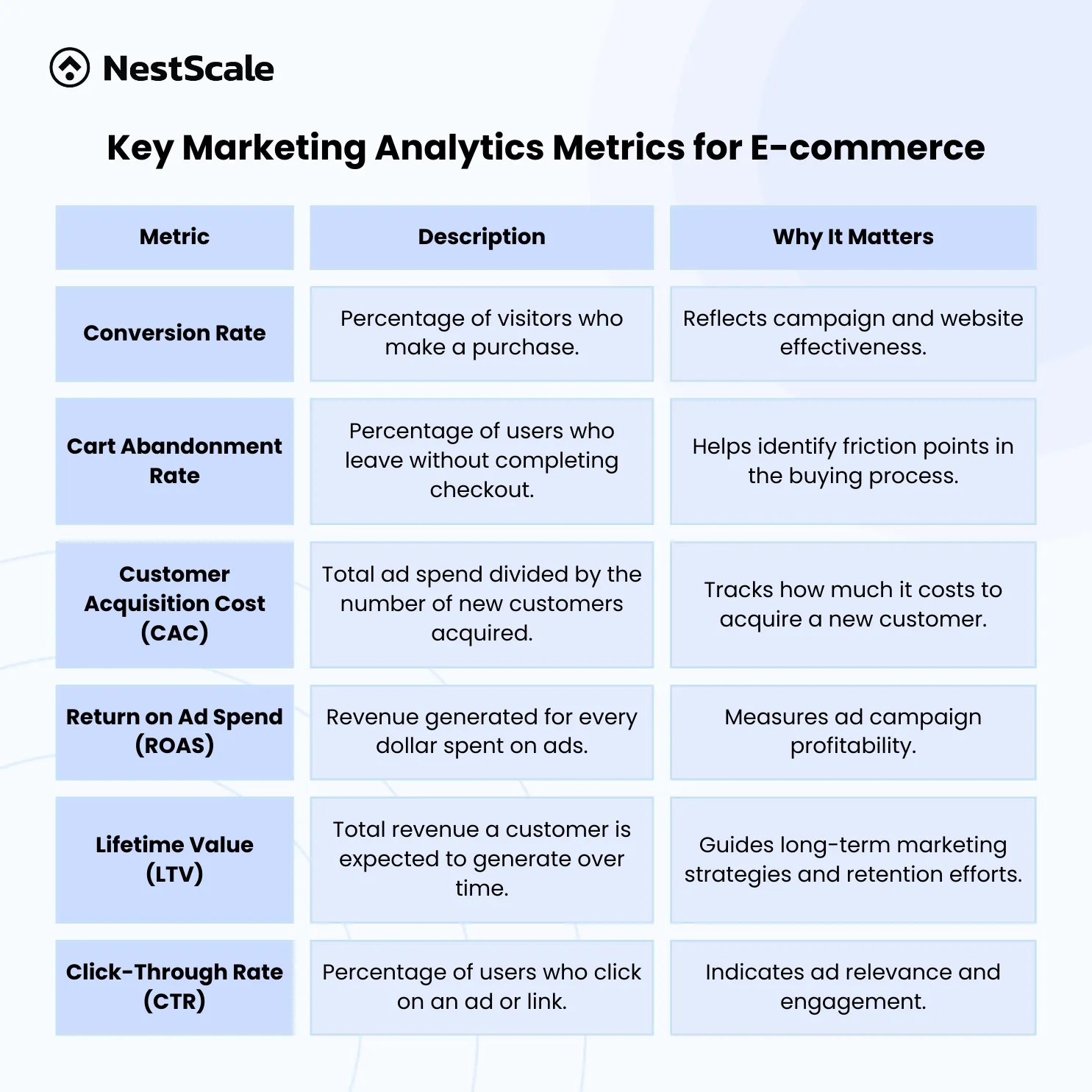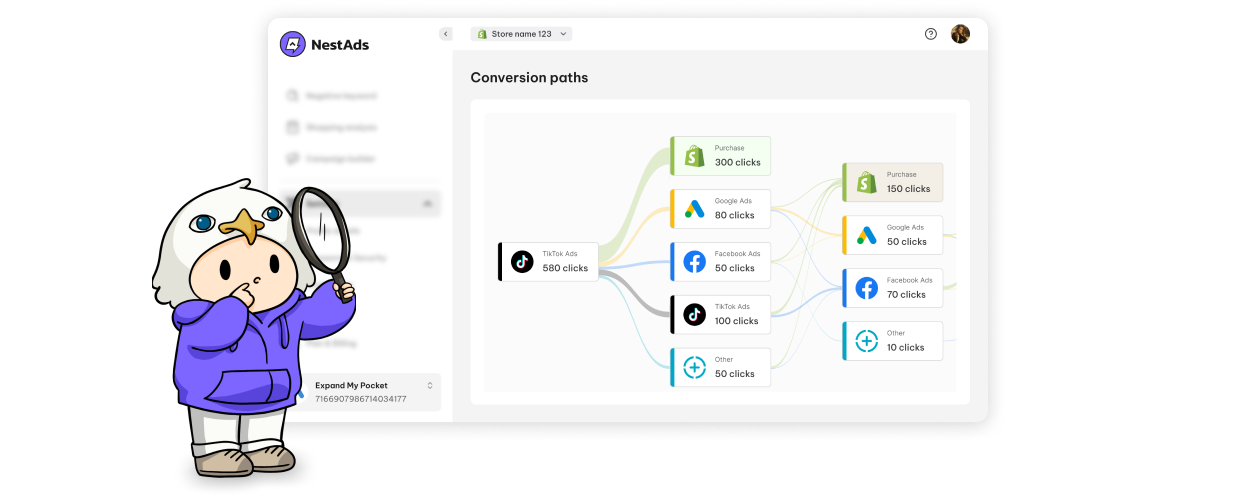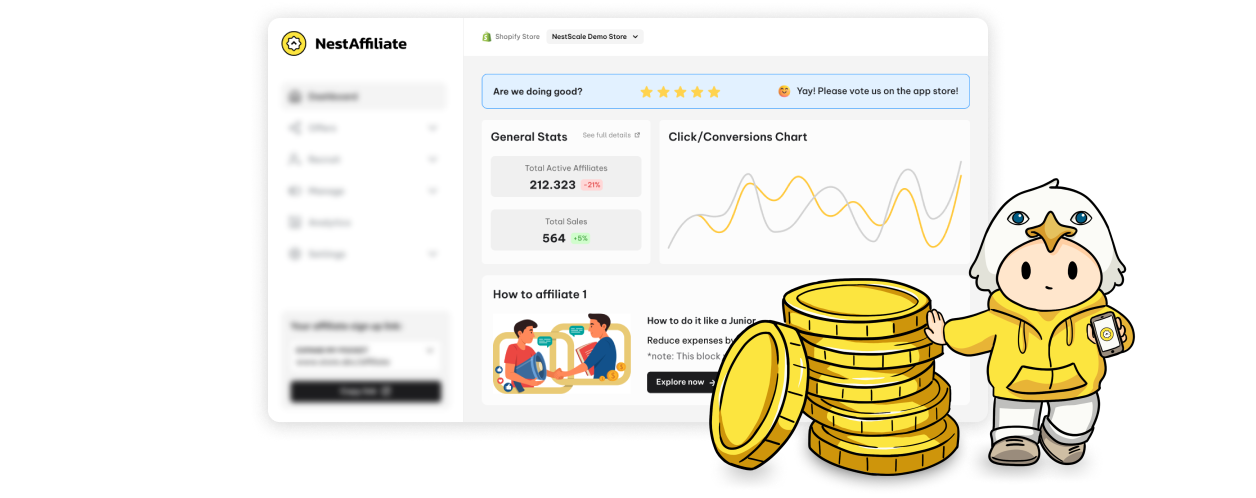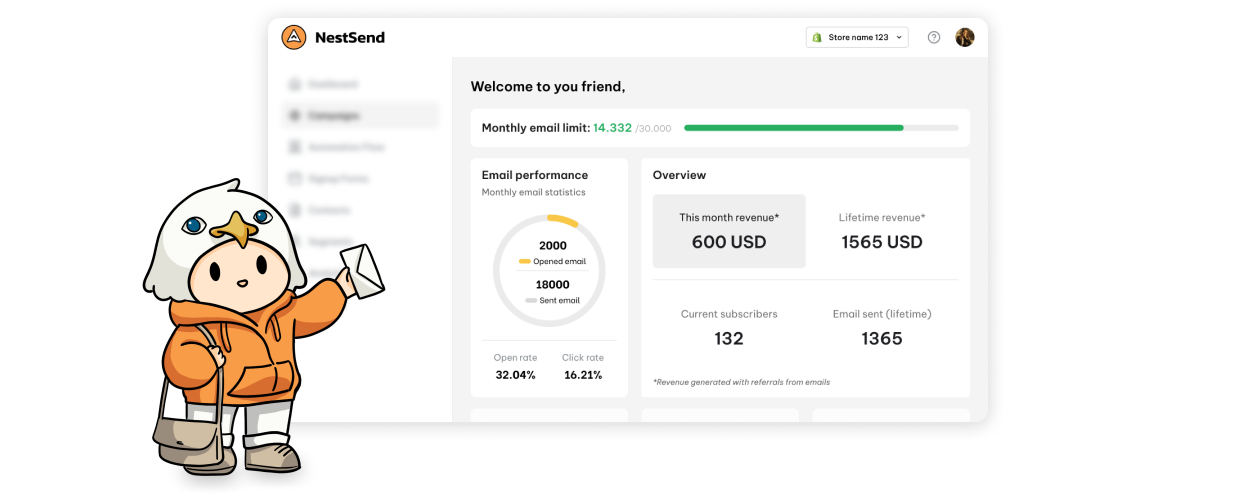What is marketing analytics?
Marketing analytics refers to the process of measuring, managing, and analyzing marketing performance data to maximize ROI, improve campaign effectiveness, and understand customer behavior. It uses tools, techniques, and data to track the performance of marketing efforts across multiple channels.
There are 4 types of marketing analytics:
- Descriptive analytics: Analyzes past performance to understand what happened.
- Predictive analytics: Uses data to predict future trends and customer behavior.
- Prescriptive analytics: Recommends actions based on data insights.
- Real-time analytics: Provides live data for immediate decision-making during campaigns.
Here are some e-commerce data you can collect for marketing analytics:
- Website traffic: Page views, bounce rates, and session durations.
- Customer engagement: Click-through rates (CTR), email opens, and social shares.
- Sales data: Conversion rates, average order value (AOV), and cart abandonment rates.
- Ad performance: Return on Ad Spend (ROAS), impressions, and ad click data.
*The most important thing is to build trust in your data, you should try to improve the data accuracy by using first-party data and integrating data from multiple sources.
Why is marketing analytics important to e-commerce?
Marketing analytics is the backbone of e-commerce growth and profitability. By making the most of data-driven insights, businesses can refine marketing strategies, improve customer experiences, and drive more sales.
- Boost conversions: Understand which touchpoints drive purchases.
- Enhance customer experience: Personalize shopping journeys based on data insights.
- Reduce waste: Eliminate underperforming campaigns and focus on high-ROI activities.
- Track cross-channel performance: Measure success across platforms like Google, TikTok, and email.
💡 E-commerce businesses using marketing analytics can outperform competitors by tailoring ads and products to meet customer demand.
What metrics can e-commerce businesses track?
Here’s the checklist of some key metrics most e-commerce businesses should track:

What are the challenges of marketing analytics in e-commerce?
In the e-commerce landscape, you may come across these challenges when performing marketing analytics:
- Data overload: With data from multiple platforms (Google, Meta, TikTok), it can be overwhelming to extract meaningful insights.
- Attribution complexity: Understanding which touchpoint drove a sale can be challenging in multi-channel campaigns.
- Privacy regulations: Data privacy laws (e.g., GDPR) limit access to certain customer data, requiring reliance on first-party data.
- Tracking discrepancies: Inconsistent tracking across platforms can lead to mismatched data and inaccurate performance reports.












































